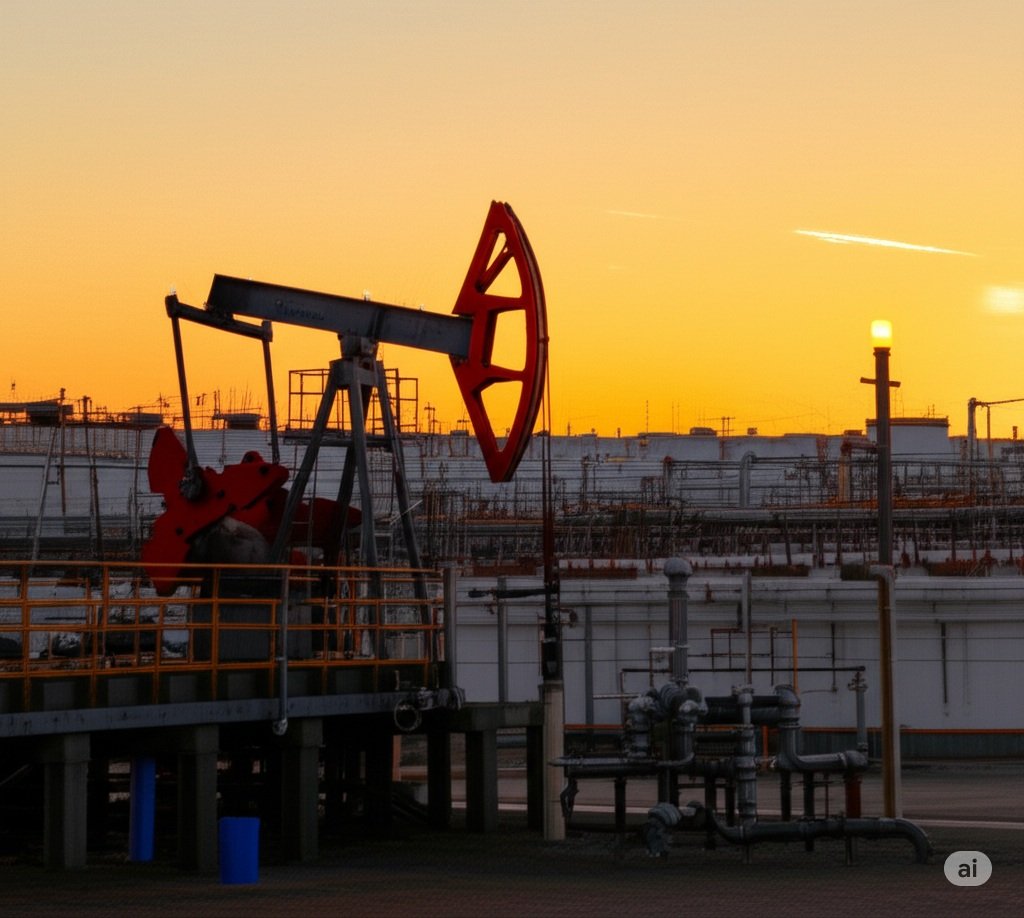Mideast Calm: Oil Prices Steady


Despite recent conflicts in the Middle East, oil prices have remained surprisingly stable. Discover why a shift towards a global oil surplus is keeping the market in check.
It wasn’t long ago that any hint of instability in the Middle East sent shivers down the spines of oil markets. Geopolitical flare-ups often translated directly into soaring prices at the pump, impacting everything from our daily commutes to the cost of goods. However, recent tensions between Iran and Israel have unfolded with a surprisingly muted reaction in the oil market. What’s changed? The answer lies in a fundamental shift: the world is increasingly awash in oil.
The Surplus Era
For years, the narrative around oil was often one of scarcity and potential supply disruptions. Today, the picture looks quite different. Several factors have contributed to this new era of surplus:
- Increased Production: Countries outside of the traditional OPEC+ alliance, such as the United States, have significantly ramped up their oil production. The shale revolution in the U.S. has been a game-changer, turning it into a major global producer.
- Slower Demand Growth: While global demand for oil continues to exist, the pace of growth has slowed. Factors like increased energy efficiency, the rise of electric vehicles, and a greater focus on renewable energy sources are all playing a role in tempering demand.
- Geopolitical Realities: Even with ongoing conflicts, the major oil-producing nations have generally maintained their output levels. There seems to be a reluctance to drastically reduce supply, especially in a market that is already well-supplied.
What This Means for You
For American consumers, this shift towards a global oil surplus offers a degree of stability at the gas pump that might have seemed unimaginable just a few years ago. While regional conflicts are always a cause for concern, the impact on your wallet might be less dramatic than in the past.
- More Stable Gas Prices: The increased supply cushion helps to absorb potential shocks from geopolitical events, leading to less volatility in gasoline prices.
- Reduced Economic Impact: Lower and more stable energy prices can have a positive ripple effect on the overall economy, helping to keep inflation in check and reducing costs for businesses.
The New Normal?
While unforeseen events can always roil the markets, the underlying trend of increasing supply and moderating demand suggests that the era of extreme oil price volatility driven by Middle East tensions might be behind us, at least for now. This new reality offers a sense of relief for consumers and businesses alike in the United States, providing a more predictable energy landscape. However, it’s crucial to remember that the global energy market is complex and subject to change, so vigilance and adaptation remain key.
Recent Posts
Apple’s Big Plans for Early 2026: What to Expect
Get ready, tech enthusiasts! Apple is reportedly gearing up for a significant wave of product… Read More
Understanding Trump’s Latest Move Against Canada and Beyond
A Bold Stance on Trade Relations The global trade landscape is once again shifting as… Read More
Stop Believing These Common Weight Loss Myths
Tired of weight loss advice that just doesn't work? Debunking the most common myths about… Read More
Sweat Smarter, Not Harder: Your Beginner’s Guide to Home Workouts
Ready to get fit without leaving your house? This beginner-friendly guide covers everything you need… Read More
Did False Data Cost Columbia $9 Million? What the Lawsuit Means for Students
Columbia University settles a $9 million lawsuit over alleged false data in college rankings. Discover… Read More
US Stock Market Why Futures Dipped After Record Highs
US stock futures dip after record highs. Explore what's driving this pullback, from federal policy… Read More